
The University Museum of Chieti
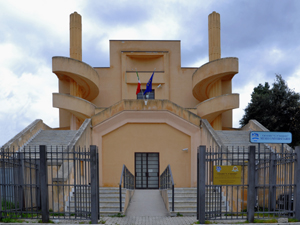
The first nucleus of the exhibitions of the University Museum of Chieti was inaugurated in 1994 at the ‘G. d'Annunzio’ University, based in the De Pasquale Palace. Then, on 21 January, 1998, with the opening of the 1997-1998 Academic Year, the museum was opened to the public at the University Campus in Madonna delle Piane.
From 21 March, 2005, the Museum has been based at the Arnaldo Mussolini Palace (the former Enal Palace) in the historic centre of the city of Chieti. Then in 2010, it was transformed from the Museum of the History of Biomedical Sciences into the University Museum, with its own autonomy and a new set of statutes. Through its speciality, the University Museum contributes to the character of the ‘G. d'Annunzio’ University by providing a "place for memories” and exhibition space dedicated to the knowledge and dissemination of the Natural Sciences and the History of Science. This comes with special focus on the biological and medical aspects that emerge from archaeological, medical, anthropological and palaeontological research, and also with specific sections that are dedicated to Natural History and the History of Science.
A specialised library is open to the public, and large storage rooms are accessible to specialists. Here, what is on offer for the visitor embodies the dissemination and education mission of this University Museum. In this Museum, every effort has been made to make scientific messages easily approachable, by bridging the gap between specialist themes and the general public and students. In 2011, there were more than 13,000 visitors to the Museum. The Museum is also home to specific training courses, with university courses that provide certified qualifications in museological matters.
At present, the Museum collections include more than 19,000 records from the fields of palaeontology, prehistory, anthropology, botany and zoology, and only recently these have been further enriched by the addition of scientific instruments and pieces of modern art.
The Zoological Collection
The zoological collection consists of a large collection of animals that are mainly stuffed or preserved in formalin, and which represent all the main living classes: fish, reptiles, amphibians, birds and mammals.
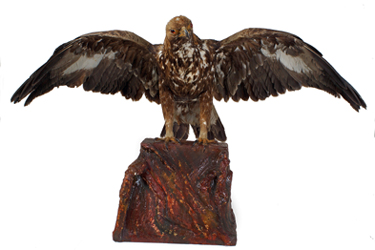
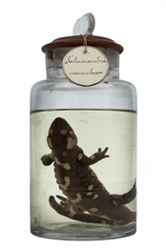
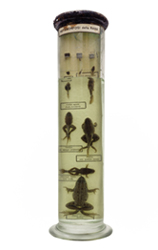
The large carnivores are of particular interest (e.g., Marsican bear, otter), as well as the large raptors, or birds of prey (e.g., golden eagle, owls). Many specimens are derived from the work carried out in Chieti in a preservation laboratory directed by Professor Florindo Rocchetti in the second half of the 1800s at the ‘G.B. Vico’ Upper Secondary School (Liceo classico).
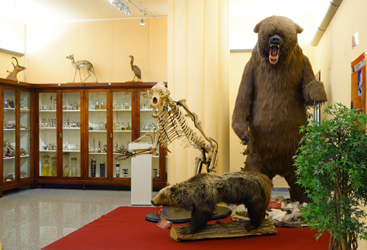
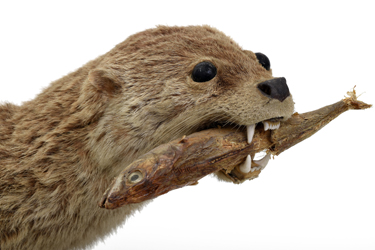
A rich collection of skeletons completes the zoological collection. Among these, there are the ‘series of Primates skeletons’, which stands out as one of the richest Italian collections of monkey skeletons that are largely exhibited to the public.
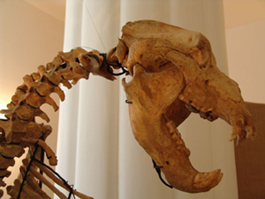
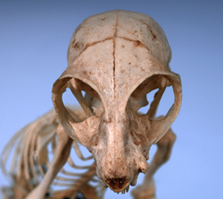
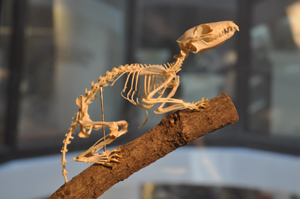
http://www.museo.unich.it/index.php?it/148/lesposizione-permanent-exhibition
http://www.museo.unich.it/index.php?it/198/una-collezione-naturalistica
The ‘Michele Tenore’ Botanical Garden
The ‘Michele Tenore’ Botanical Garden is located in the heart of the Majella National Park, and it was established in 1995, at 650 m above sea level. Currently, it is home to about 500 plant species, over an area of 9,000 m2.
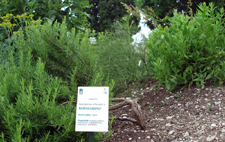
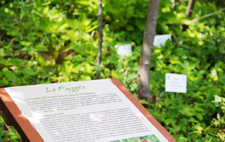
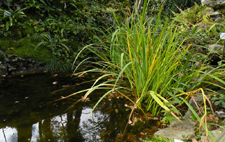
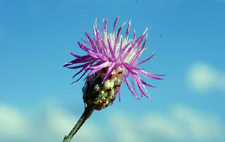
In 2000, the ‘Michele Tenore’ Botanical Garden was recognised as a ‘Garden of Regional Interest’ by the Abruzzo region under the regional law (L.R.) 35/1997. The symbol of the Botanical Garden is the thistle-like Majella cornflower (Centaurea tenoreana), which is an endemic to the Majella, and was named after the botanist Michele Tenore, who first described it for the Majella.
The garden is divided into educational sections and sections that mimic the vegetation environments of the Majella. Many of the cultivated species are endemic to the central Apennines or are exclusive to the Majella and the surrounding mountains. Of particular interest, there is the reproduction of the agricultural landscape of the Neolithic, and the section dedicated to the recovery of local varieties.
http://www.ortobotanicoitalia.it/abruzzo/majella/